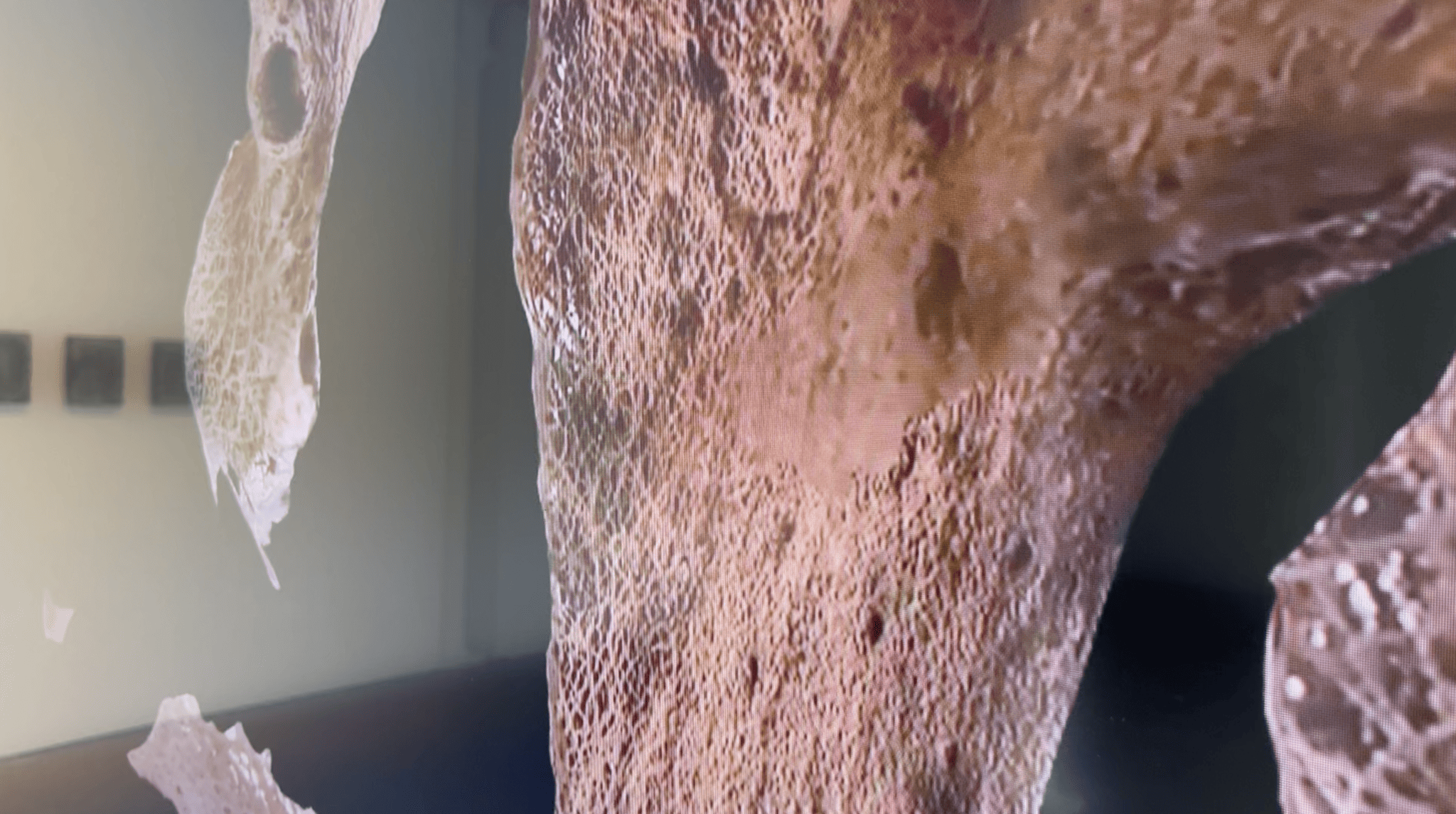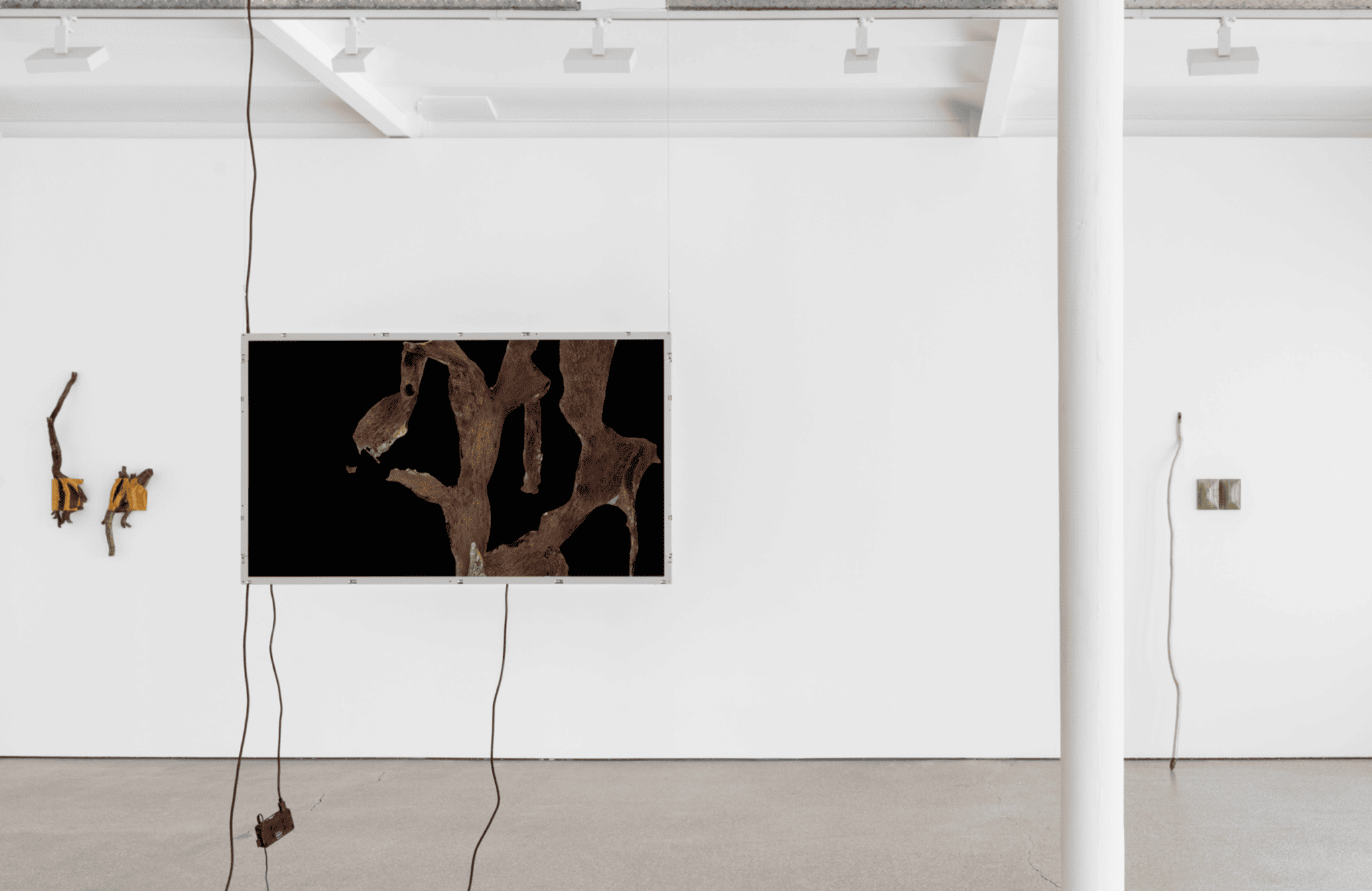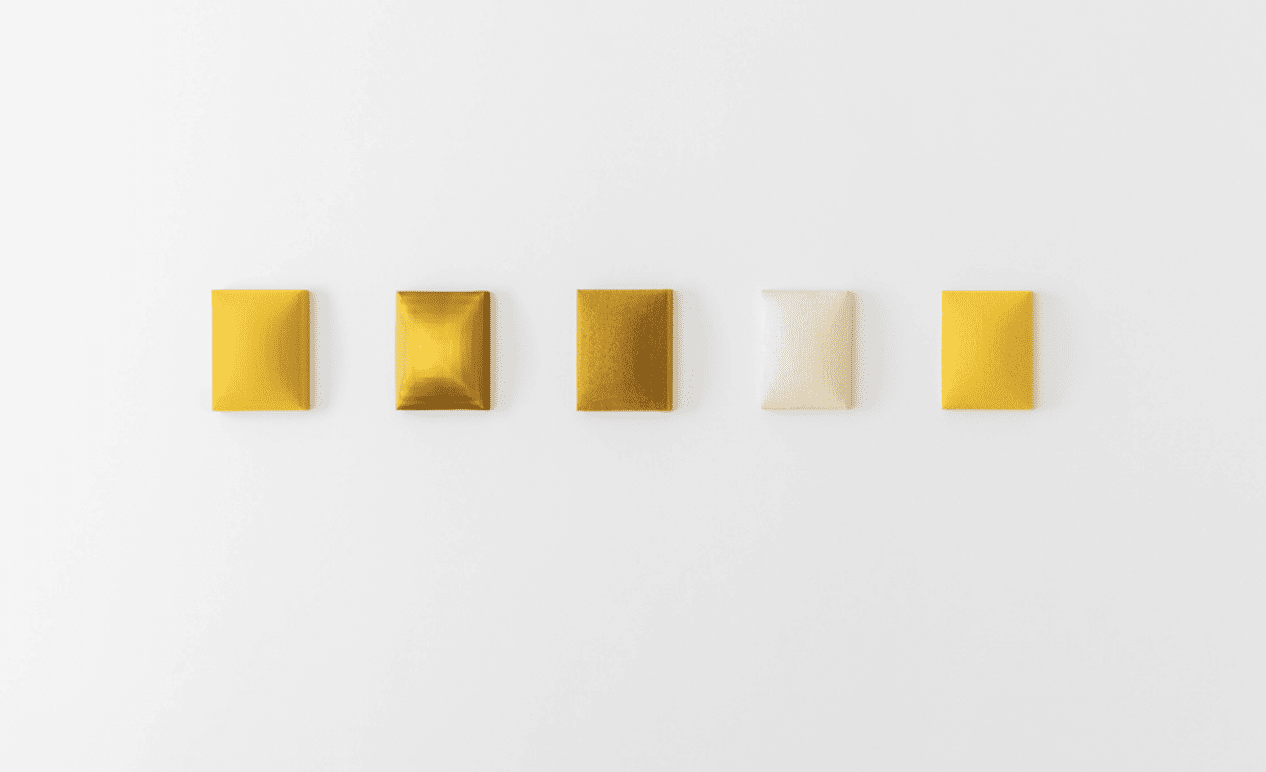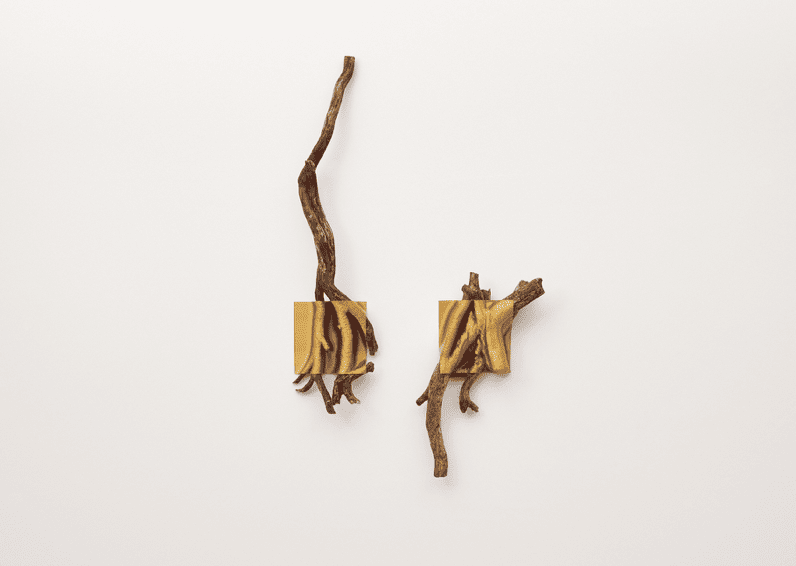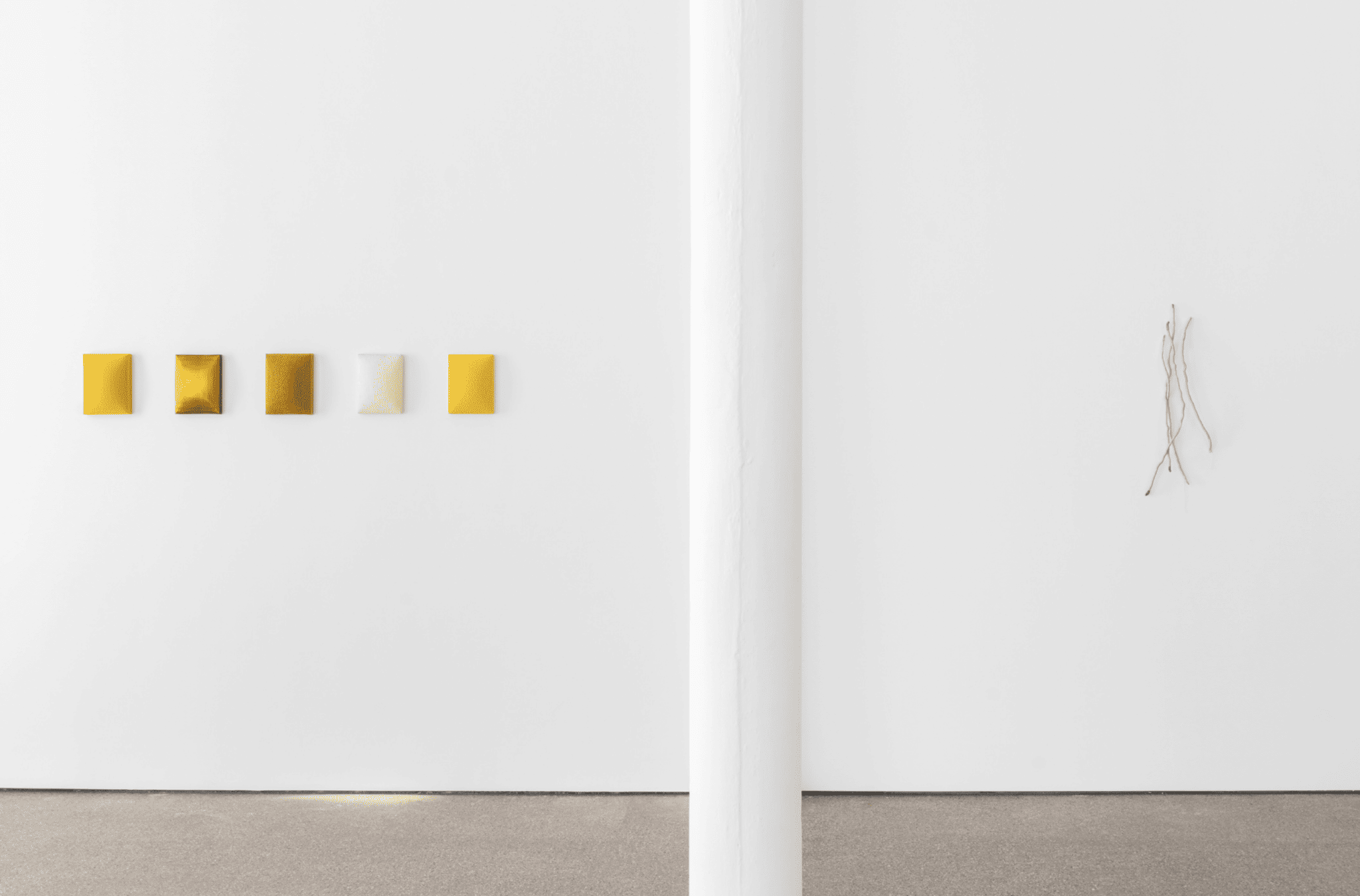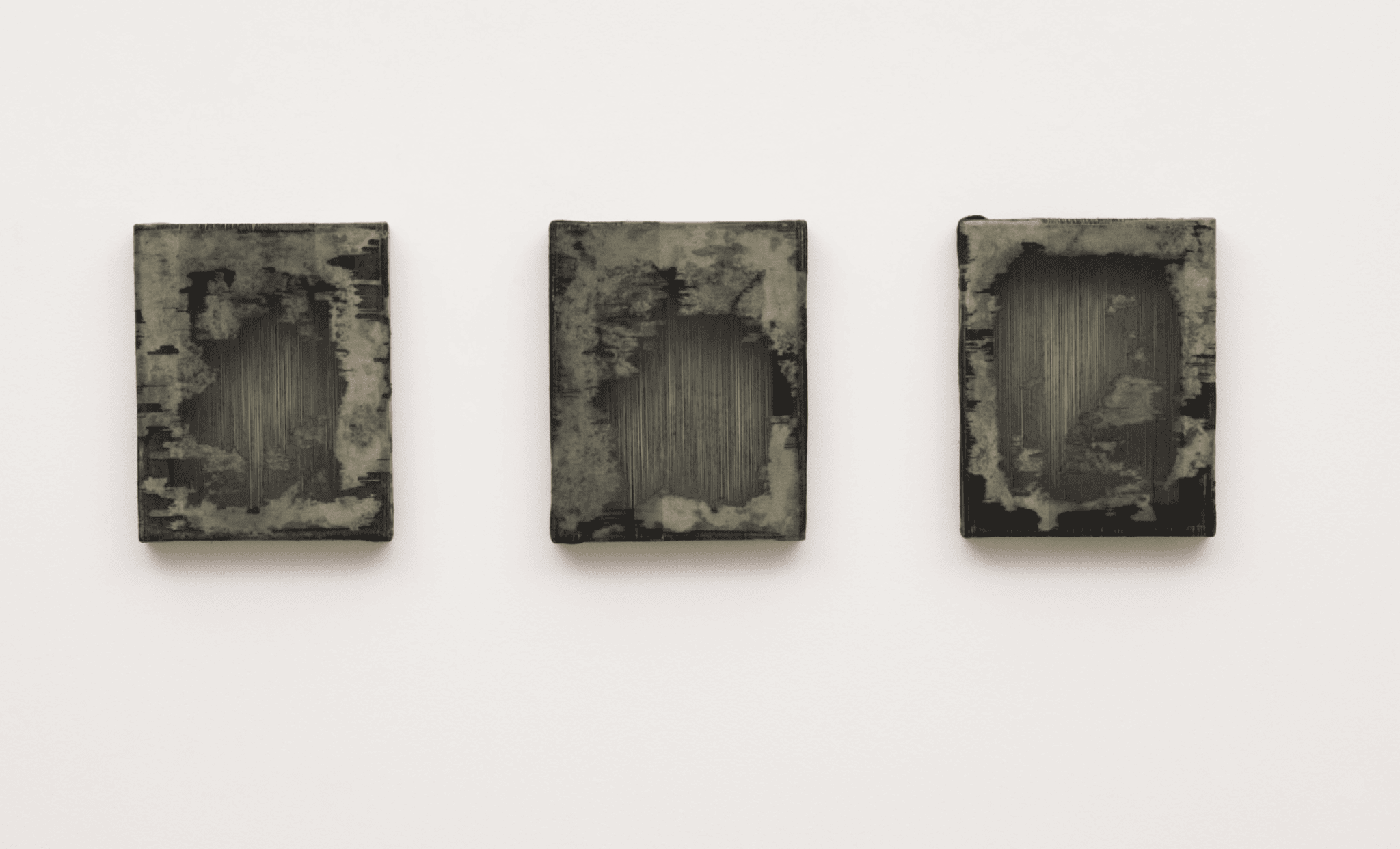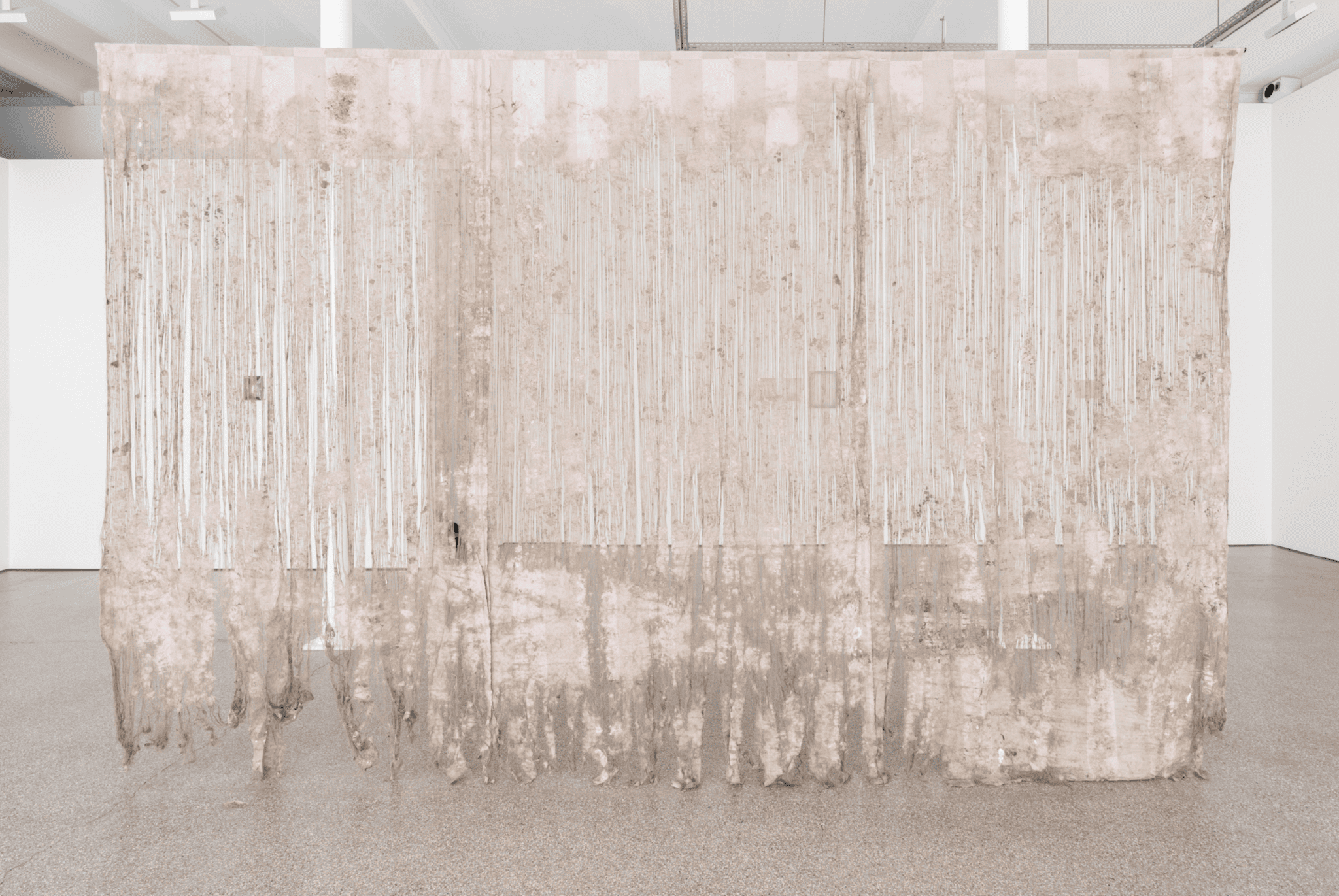Ne pas laver le sable jaune presents assemblages of natural elements – wood, earth, textiles and plants – in dialogue with pieces made in collaboration with Claire Warnier and Dries Verbruggen’s UNFOLD studio, a practice dedicated to experimental research in three-dimensional printing. Working calculatedly with the technique of 3D printing creates a genesis that expresses itself as intuitive, empirical and entropic. Intriguingly, skilled crafts such as crocheting, knitting and weaving form a close affinity with the principles that one must adopt to (further) develop and understand this otherwise radically contemporary technology. Accordingly, in the exhibition, we will see organic materials such as wooden branches sheathed in fine threads, highlighting, through light and texture, the versatility of their forms and properties.
Ibiza saw an influx of very diverse figures in various waves during the second half of the 20th century, a kind of wide-eyed counterculture that found its home on the island. It was within the island’s idyllic conditions, and the context of the ‘Summer of Love’, that specifically hippie culture found refuge here since the 1960s, away from any form of US imperialism; remember, the Vietnam War was raging at the time.
Zooming out, we see that in Silicon Valley, this kind of counterculture had been responsible for the emergence of various technological movements, claimed by some sociologists to have sprouted directly from the hedonistic life philosophies that had been rampant since the late 60s. We can recognise a clear contradiction here, one inherently present within the technological narrative, where the individual is always in conflict with the collective, underlining the search to find a balance between forms of progressive thinking and (re)valuing traditional techniques and customs.
This particular aspect becomes highly pronounced in places like Ibiza, where within the specificities of its recent past and present, a penchant for the natural, the authentic – the analogue -, is mixed with every aspect of the technological revolution – the digital. It’s precisely at this intersection that Edith Dekyndt’s work finds its significance. Her art seamlessly traverses organic elements and purely technical components such as laptops, screens, and drones.
Working with video, sculpture, installation, sound and drawing, Edith Dekyndt addresses timeless questions about time and space. Using this wide range of techniques, she makes transient physical phenomena and momentary incidents visible, creating a conceptually rich and materially engaged visual language. Paying homage to what is neither clean nor pure, her work functions as a translation of time into materiality and vice versa, a study of the subtle variations in the fabric of our tangible world.
Soundscape: Nicolas Verhaeghe
